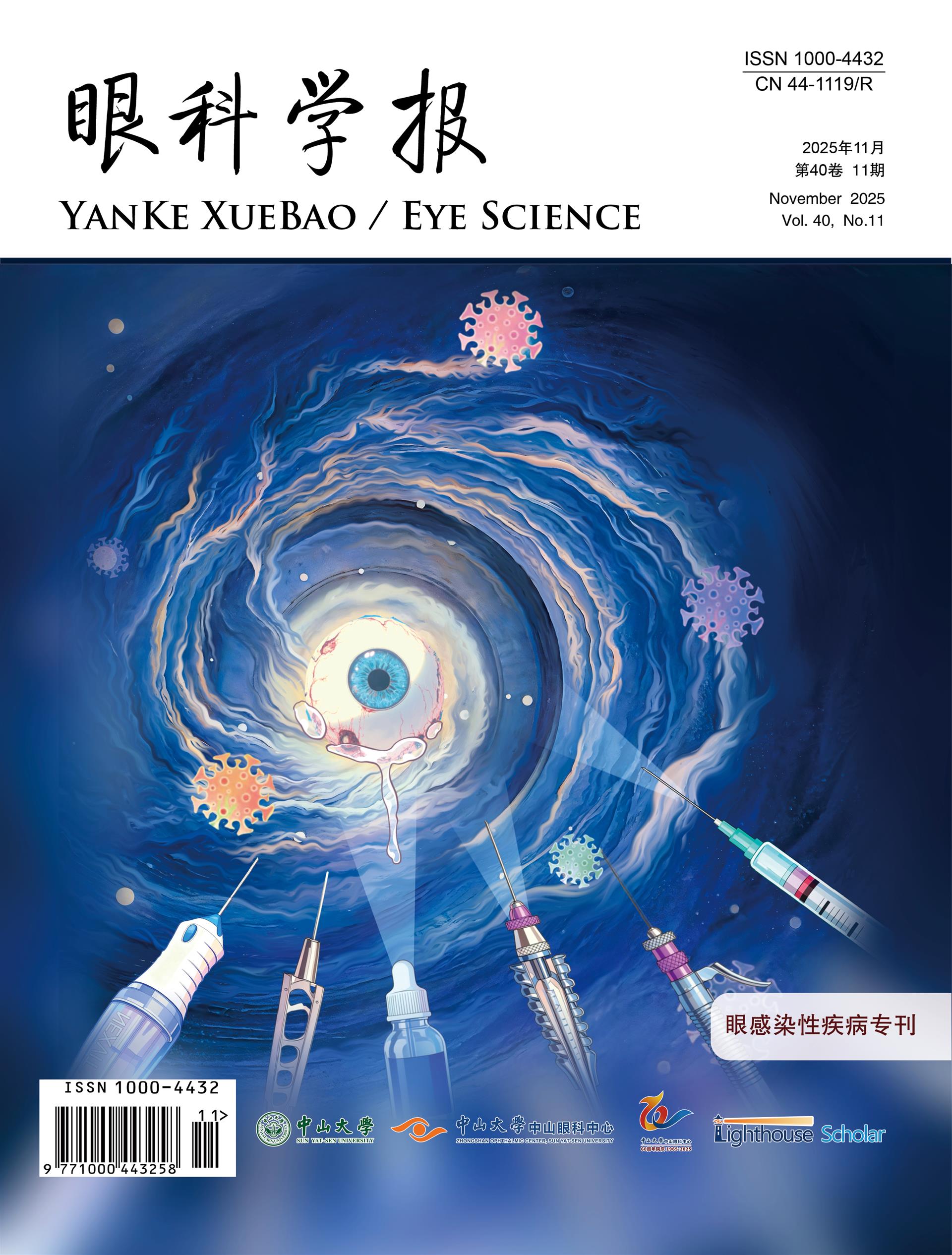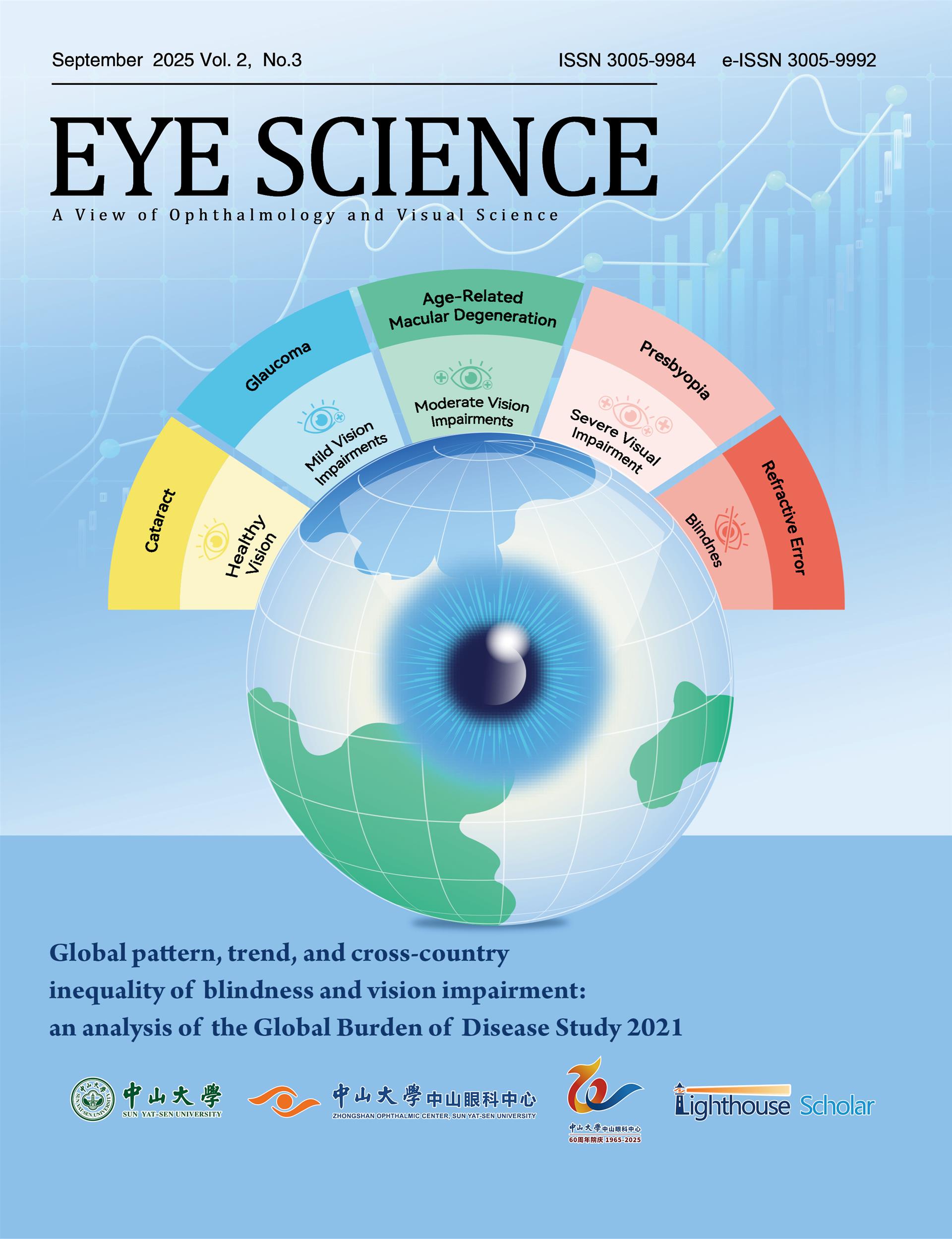The whole lacrimal passage intubation is widely used in lacrimal surgery. However, one of the most typical complications is the prolapse of the silicone tube from the medial canthus. In case, the bicanalicular silicone tube after whole lacrimal duct intubation has completely prolapsed from the medial canthus before extubation, then cannot be found in the opening of the nasolacrimal duct, and it would be a challenge to reposition or removal. A novel approach to employ a modified suture-probe and silk thread traction technique has been developed, and it is not only safe and effective, but also cost-effective.

















